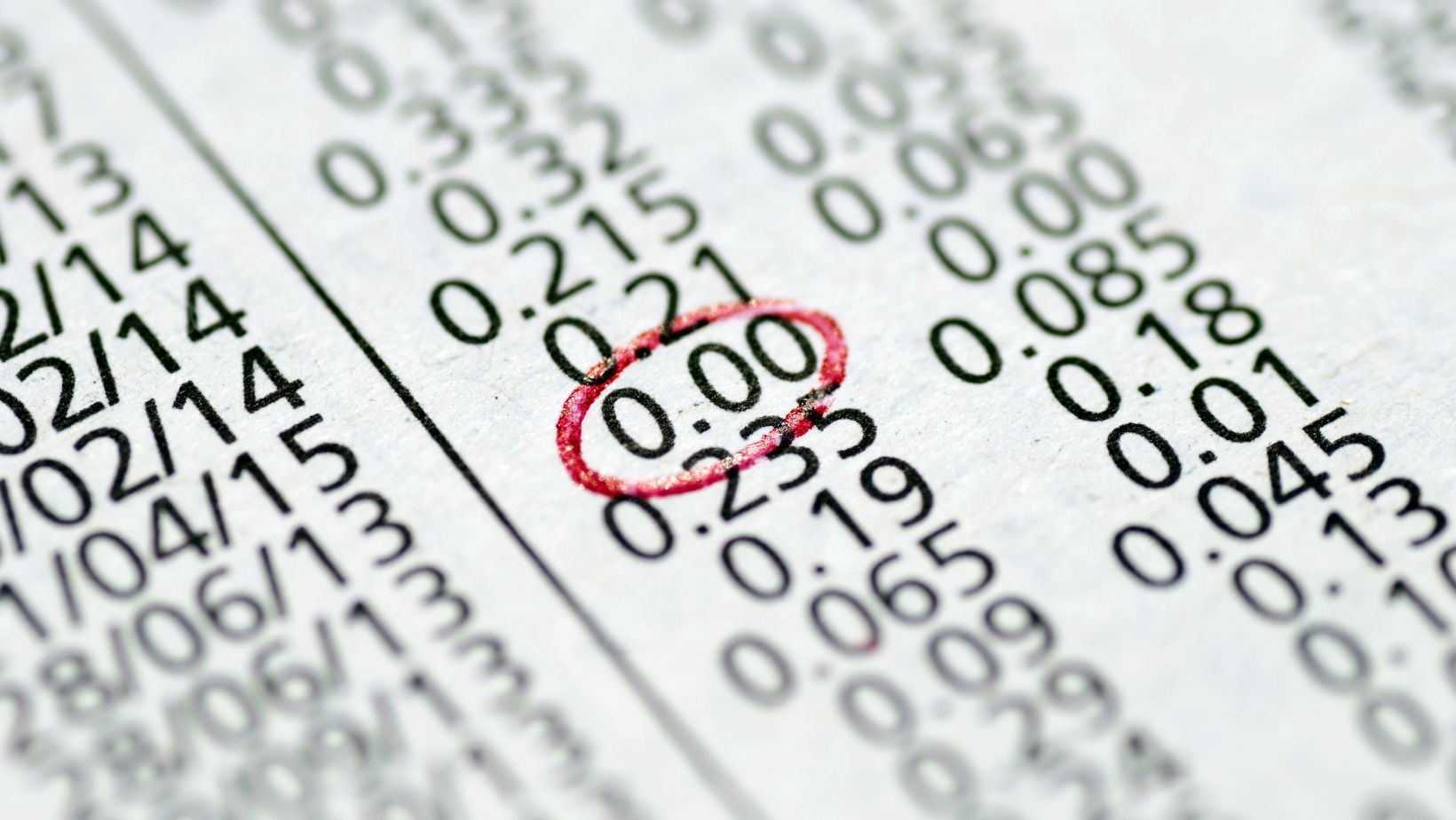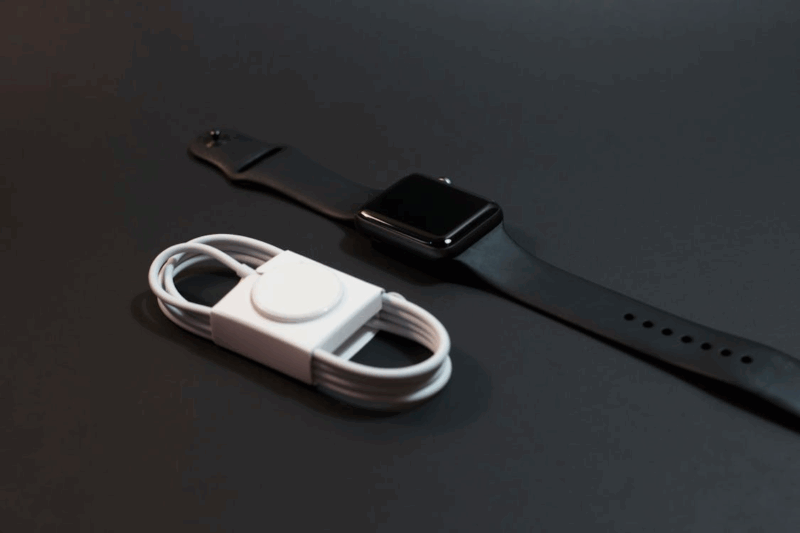
Have you ever wondered how to express the fraction 1/9 as a decimal? Well, you’ve come to the right place! In this article, I’ll walk you through the step-by-step process of converting this fraction into its decimal equivalent. Whether you’re a student tackling fractions for the first time or simply curious about the mathematical intricacies, understanding how to convert 1/9 into a decimal is a valuable skill to have. So, let’s dive in and uncover the secrets behind this fascinating mathematical transformation!
1/9 As A Decimal
Converting fractions into their decimal equivalents is a fundamental skill in mathematics. In this section, I will walk you through the step-by-step process of converting the fraction 1/9 into a decimal.
To start, let’s divide 1 by 9.
1 divided by 9 equals 0.111111111 recurring. The decimal representation of 1/9 is a repeating decimal, where the digit 1 repeats indefinitely after the decimal point.
It’s important to note that when we have a repeating decimal, we can represent it by using a bar over the repeating digits. In the case of 1/9, the bar goes over the number 1. So, [1/9 = 0.overline{1}].
This notation is used to indicate that the digit 1 will keep repeating infinitely.
Understanding how to convert fractions into decimals is not only important for academic reasons, but it also has practical applications.
For example, when calculating percentages or ratios, it’s often easier to work with decimals than fractions. Decimal representations provide a more precise and straightforward way of expressing values.
So, now you have learned how to convert the fraction 1/9 into a decimal representation. Remember that when dividing 1 by 9, the result is a repeating decimal represented as 0.overline{1}.
Keep practicing and exploring more examples, and soon you’ll become even more comfortable with converting fractions into decimals.
Converting Fraction to Decimal
Dividing Numerator by Denominator
To convert the fraction 1/9 into a decimal, the first step is to divide the numerator by the denominator. In this case, the numerator is 1 and the denominator is 9.
When dividing 1 by 9, the division result is 0.1111111111…. This decimal goes on indefinitely, with the digit 1 repeating. It can be written as 0.overline{1}, where the overline indicates the repeating pattern.
Simplifying the Fraction
In some cases, it may be necessary to simplify the fraction before converting it into a decimal. However, the fraction 1/9 is already simplified to its lowest terms, so there is no need for further simplification.
Evaluating the Division Result
The division result of 0.1111111111… can also be evaluated using long division. The process involves dividing 1 by 9 and continuing the division until the pattern of 1s emerges.
By performing the long division, we can see that the remainder after each quotient is always 1, resulting in the repeating decimal pattern. This is why the decimal representation of 1/9 is 0.overline{1}.
Understanding how to convert fractions into decimals is an important skill to have, both academically and in practical situations. It allows us to work with decimals more easily and apply them to real-life scenarios.
Practice and explore more examples to become more comfortable with converting fractions into decimals. This skill will prove useful in a wide range of mathematical and everyday situations.
Example: Converting 1/9 to a Decimal
Converting fractions to decimals is an essential skill that can be useful in both academic and practical situations. In this article, we explored the process of converting the fraction 1/9 into a decimal. By dividing 1 by 9, we obtained the result of 0.overline{1}, which represents a repeating decimal.
Understanding how to convert fractions to decimals allows us to work with numbers in a more precise and convenient way. Whether you’re solving math problems or dealing with measurements in everyday life, being able to convert fractions to decimals will undoubtedly come in handy.
To become more comfortable with this skill, I encourage you to practice and explore more examples. By doing so, you’ll not only improve your ability to convert fractions to decimals, but you’ll also strengthen your overall math skills. Remember, practice makes perfect!
So, the next time you come across a fraction like 1/9, you’ll know exactly how to convert it into a decimal. Keep













